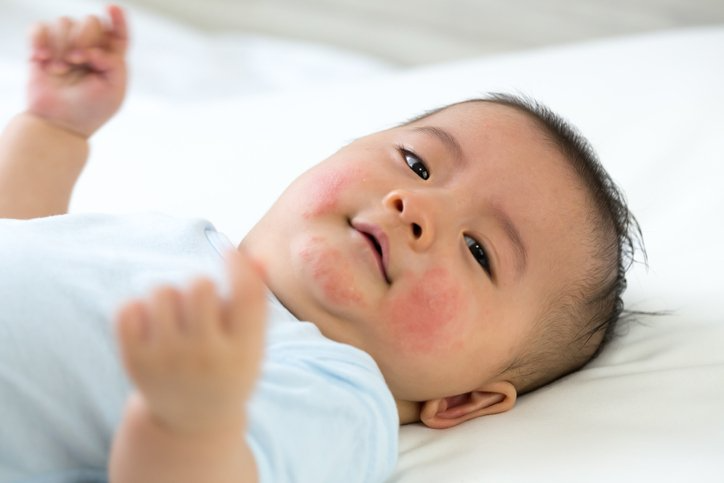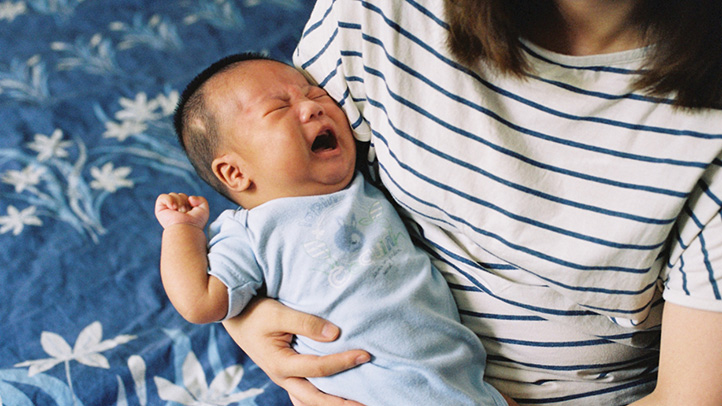Cradle cap (infantile seborrheic dermatitis)

Cradle cap, scientifically known as infantile seborrheic dermatitis, is a common inflammatory skin condition that primarily affects infants’ scalps. Manifesting in approximately 10 percent of babies, it typically emerges between 3 weeks and 12 months of age. Characterized by yellow or brown flaky, crusty, or scaly patches reminiscent of dandruff, cradle cap is generally benign and non-transmissible.
Duration and Causes
Cradle cap usually resolves spontaneously by the age of 6 to 12 months, although some children may experience it for an extended period, possibly persisting into grade school years. Despite its prevalence, the exact etiology remains uncertain. While not attributed to poor hygiene or allergies, hormonal fluctuations during pregnancy and irritation from yeast growth in the skin’s oil-producing glands are theorized contributors.
Also read: What Causes Baby Acne?
Management and Treatment
Management of cradle cap typically involves gentle care practices:
- Gentle Scalp Massage: Massaging the baby’s scalp with fingers or a soft brush to loosen scales, ensuring to avoid scalp irritation.
- Increased Shampooing: Shampooing more frequently (up to once a day) with a mild baby shampoo and gently brushing the scalp afterward to remove scales.
- Specialized Baby Shampoo: Consider using baby shampoos formulated specifically for cradle cap treatment.
- Caution with Over-the-Counter Products: Avoid using over-the-counter creams, ointments, or dandruff shampoos without medical consultation to prevent potential adverse reactions.
Natural Remedies
For stubborn cases, natural oils such as coconut oil may be applied to the scalp to soften dry flakes, although scientific evidence supporting this method is lacking. If opting for natural remedies, ensure gentle removal of flakes to prevent pore blockage or scalp irritation.
Prevention and Medical Consultation
Preventing cradle cap is not feasible, but maintaining regular hair washing with mild baby shampoo and scalp brushing with a soft brush may help manage recurrence. Consult a healthcare provider if:
- The condition worsens or causes bleeding.
- It spreads beyond the scalp or affects hair growth.
- Signs of infection, such as redness or fever, are observed.
- Concurrent symptoms, like diaper rash or thrush, manifest.
Distinguishing from Other Conditions
Cradle cap may sometimes be confused with eczema (atopic dermatitis), which typically presents as dry, scaly patches on the cheeks and scalp, potentially spreading to other body parts. Unlike cradle cap, eczema tends to be intensely itchy.
Related: Why Babies Cry And How To Soothe Them: Tips For New Parents





